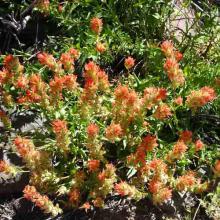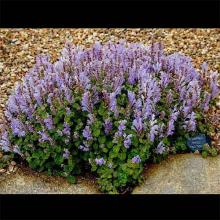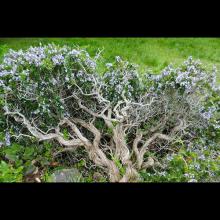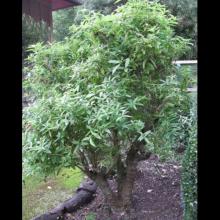Castilleja linariifolia
Common name:
Wyoming Indian paintbrush
Family:
Orobanchaceae
Order:
Lamiales
Class:
Magnoliopsida
Scutellaria indica
Common name:
Skullcap
Family:
Lamiaceae
Order:
Lamiales
Class:
Magnoliopsida
Salvia rosmarinus
Common name:
Rosemary
Family:
Lamiaceae
Order:
Lamiales
Class:
Magnoliopsida
Aloysia citrodora
Common name:
Lemon verbena
Family:
Verbenaceae
Order:
Lamiales
Class:
Magnoliopsida
Castilleja linariifolia
Common name:
Wyoming Indian paintbrush
Family:
Orobanchaceae
Order:
Lamiales
Class:
Magnoliopsida
Scutellaria indica
Common name:
Skullcap
Family:
Lamiaceae
Order:
Lamiales
Class:
Magnoliopsida
Salvia rosmarinus
Common name:
Rosemary
Family:
Lamiaceae
Order:
Lamiales
Class:
Magnoliopsida
Aloysia citrodora
Common name:
Lemon verbena
Family:
Verbenaceae
Order:
Lamiales
Class:
Magnoliopsida
Castilleja linariifolia
Common name:
Wyoming Indian paintbrush
Family:
Orobanchaceae
Order:
Lamiales
Class:
Magnoliopsida
Scutellaria indica
Common name:
Skullcap
Family:
Lamiaceae
Order:
Lamiales
Class:
Magnoliopsida
Salvia rosmarinus
Common name:
Rosemary
Family:
Lamiaceae
Order:
Lamiales
Class:
Magnoliopsida
Aloysia citrodora
Common name:
Lemon verbena
Family:
Verbenaceae
Order:
Lamiales
Class:
Magnoliopsida
Order (Plantae): Lamiales
The Lamiales are an order in the asterid group of dicotyledonous flowering plants. It includes about 23,810 species, 1,059 genera, and is divided into about 24 families. Well-known or economically important members of this order include lavender, lilac, olive, jasmine, the ash tree, teak, snapdragon, sesame, psyllium, garden sage, and a number of table herbs such as mint, basil, and rosemary.
Description
Although exceptions often occur, species in this order typically have the following characteristics:
- superior ovary composed of two fused carpels
- five petals fused into a tube
- bilaterally symmetrical, often bilabiate corollas
- four (or fewer) fertile stamens
- opposite leaves
Taxonomy
The Lamiales previously had a restricted circumscription (e.g., by Arthur Cronquist) that included the major families Lamiaceae (Labiatae), Verbenaceae, and Boraginaceae, plus a few smaller families. In the classification system of Dahlgren the Lamiales were in the superorder Lamiiflorae (also called Lamianae). Recent phylogenetic work has shown the Lamiales are polyphyletic with respect to order Scrophulariales and the two groups are now usually combined in a single order that also includes the former orders Hippuridales and Plantaginales. Lamiales has become the preferred name for this much larger combined group. The placement of the Boraginaceae is unclear, but phylogenetic work shows this family does not belong in Lamiales.
Also, the circumscription of family Scrophulariaceae, formerly a paraphyletic group defined primarily by plesiomorphic characters and from within which numerous other families of the Lamiales were derived, has been radically altered to create a number of smaller, better-defined, and putatively monophyletic families.
Dating
Much research has been conducted in recent years regarding the dating the Lamiales lineage, although there still remains some ambiguity. A 2004 study, on the molecular phylogenetic dating of asterid flowering plants, estimated 106 million years (MY) for the stem lineage of Lamiales. A 2009 study on angiosperm diversification through time, concluded an inferred age of lower Eocene, ca. 50 MY, for Lamiales.
Reference: Wikipedia




